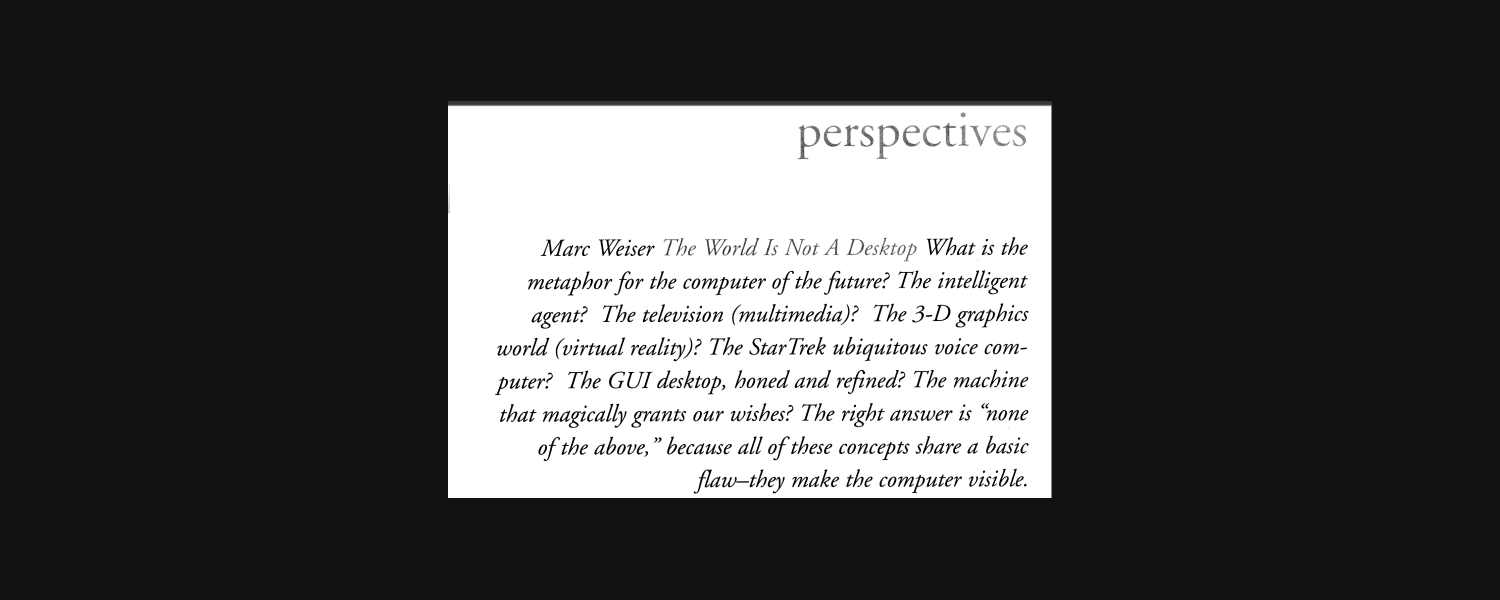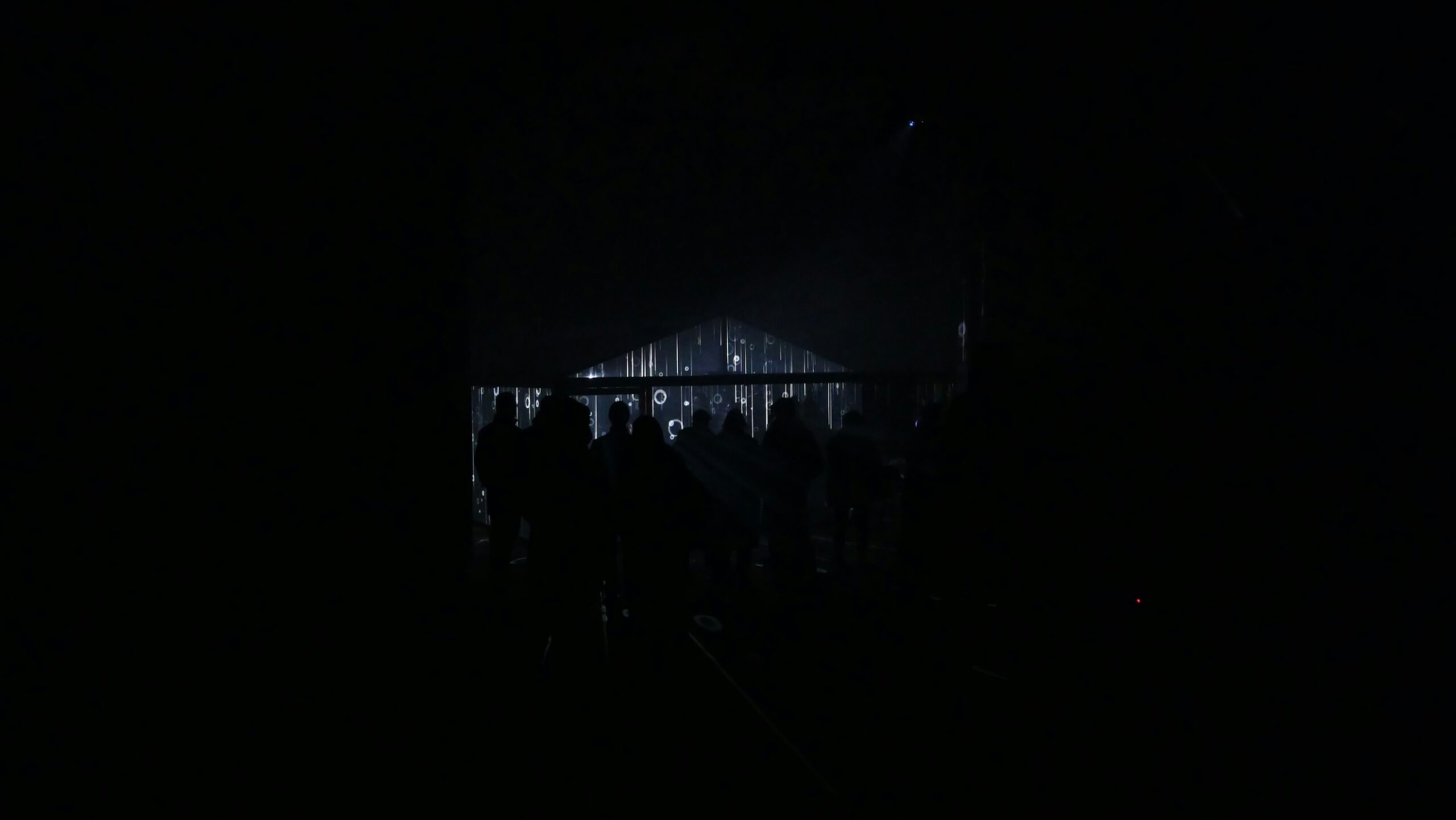Photo by Shivam Baraik
What if technology stepped back so life could step forward?
Yesterday, a massive blackout left parts of Spain without electricity or Internet for hours. I was one of the many affected, and no, it wasn’t exactly pleasant. But as I sat on a Barcelona terrace, watching people walk, talk, eat, drink, and play volleyball and ping pong in the parks, I couldn’t help noticing something: everything slowed down.
Screens disappeared. Notifications fell silent. And yet, life didn’t pause. In fact, it felt more present, more connected. I may be romanticizing the whole thing, but in the sudden absence of digital interfaces, the city itself became an interface — a field of interaction where people noticed each other, talked to strangers, filled shared spaces, and engaged with the moment.
This wasn’t just a glitch in the system. It was a glimpse into a different mode of experience. One that reflects the ethos of Calm Design.
Beyond Screens
In Calm Design, we invite designers to move beyond screens. Confining interaction to glowing rectangles limits our sensory world, and more importantly, it hijacks our attention.
Designing for calm doesn’t mean rejecting technology. It means expanding how we use it. Interaction doesn’t need to rely on tapping, swiping, or scrolling. It can be embodied. Environmental. Material. Ambient.
Calm Design draws from contemporary art, architecture, and sensory design. It imagines experiences that are felt rather than commanded. Technologies that blend into the background and quietly retreat when not needed.

In this article, Mark Weiser argues that technology should work with us, not against us. He introduces the idea of Calm Technology—tech that blends into the background, assisting us without constantly demanding our attention. Instead of screens and notifications pulling us in, Weiser envisions a world where devices subtly support our needs, making life easier rather than more chaotic. His perspective challenges the assumption that more engagement is always better, urging designers to create tools that respect our focus and mental space.
The Problem with “Smart”
There’s a reason so many products today are described as smart. Smart watches, smart homes, smart assistants. But as Mark Weiser warned decades ago, “no metaphor is more misleading than ‘smart’.”
We often associate smartness with visibility. With devices that talk, interrupt, prompt, and demand responses. But do we really want tools that behave like hyperactive humans?
Real intelligence, in both humans and machines, doesn’t always involve more interaction. Often, the most intelligent tools are the quietest. They support us silently, anticipate needs, and create more space to think, feel, and just be.

Photo by Evan Yang
A New Relationship with AI
As we step into an era of emotionally aware and generative AI, we’re facing an important choice. Voice commands and chatbot interfaces are becoming the norm, but they often pull our attention toward the machine and away from the world.
What if AI didn’t need to perform? What if it were more like sunlight or background noise—present and supportive, yet non-intrusive?
This is the kind of shift Calm Design envisions. A move away from AI as assistant or performer, and toward AI as environment. Subtle. Ambient. Seamlessly integrated.
Imagine an AI that doesn’t speak unless necessary, but listens. One that senses patterns, helps without needing to be seen, and steps aside when it’s not needed. An intelligence that supports presence, not distraction.
Toward Ambient Intelligence
The more we delegate to ambient systems, the more attention we can give to what truly matters: people, nature, and the richness of the present moment.
We don’t become more intelligent by speeding up. We become more intelligent by rooting ourselves in the world. By noticing more. Feeling more. Being more.
If AI is to help us, let it do so quietly. Let it shape our surroundings without dominating them. Let it give us space to do what humans do best — create meaning, connection, and joy.
That’s not a utopia.
That’s a design brief.

Photo by jens schwan



